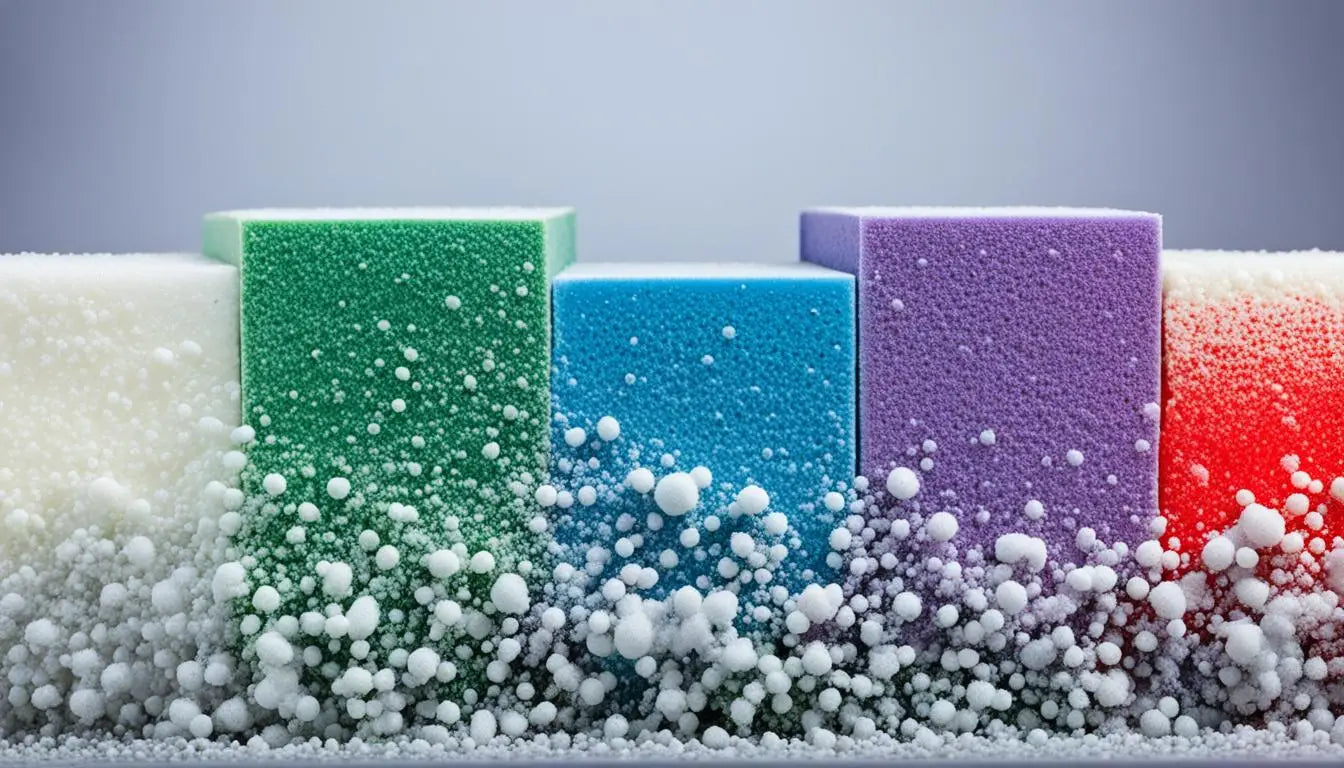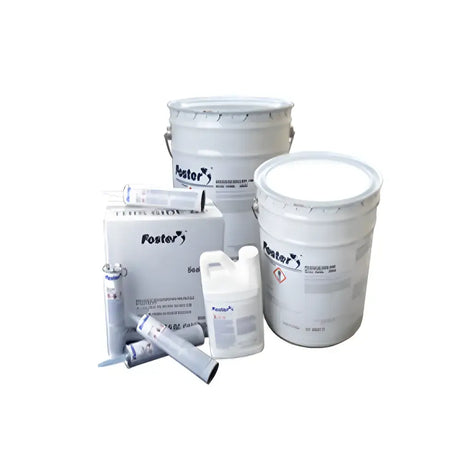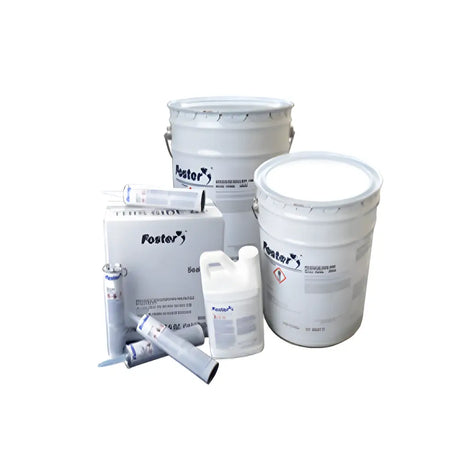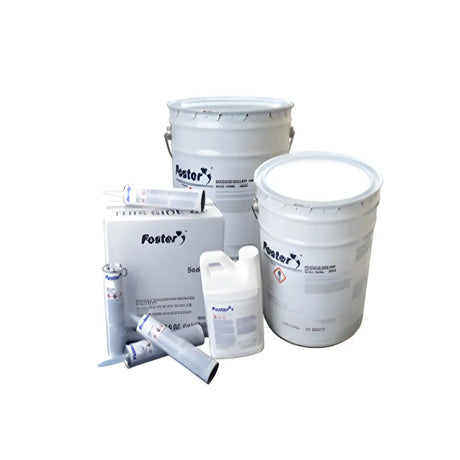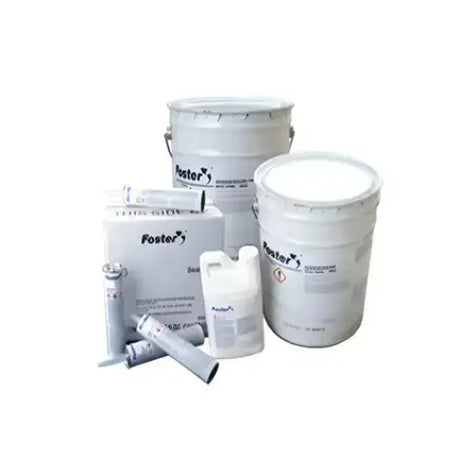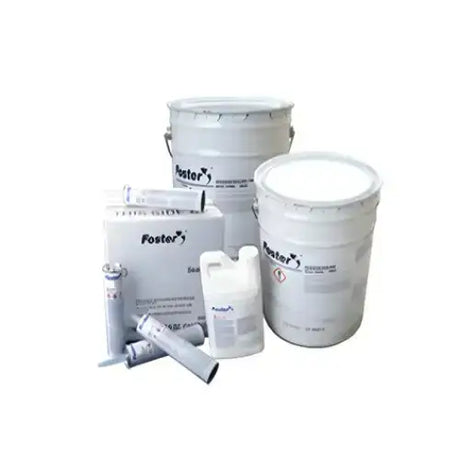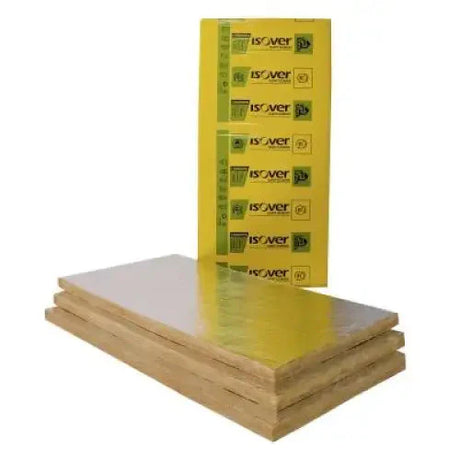In the world of versatile materials, chemical resistance elastomeric foam shines bright. It blends toughness with creativity. A key player in many uses, the foam's features pave the way for a future where strength and effectiveness combine. The market is set to hit an impressive USD 15.7 billion by 20251. This puts elastomeric foam in a spot where it breaks the norms of elastomeric foam applications. As the search for chemical resistant materials goes on, could the special elastomeric foam properties hold the answer to battling harsh chemicals?
Key Takeaways
- Understanding the imperative role of chemical resistance in elastomeric foams for modern industries.
- Analyzing the market's staggering growth, anticipating the foam sector to ascend exponentially by 20251.
- Evaluating elastomeric foam for its promising durability and potential in diverse harsh environmental applications.
- Investigating the economic surge within the Asia Pacific region and its correlation to the expansion of the technical foam market1.
- Considering the growth potential of elastomeric foam in the automotive and transport sector due to its exceptional performance capabilities1.
Introduction to Elastomeric Foams
Elastomeric foam is now key in many industries, thanks to its amazing traits. Its durability, flexibility, and chemical resistance meet the tough needs of today's world. Let's dive into why these materials are so vital and how they're used in various sectors.
Defining Elastomeric Foam
Elastomeric foam comes from polymers, like EPDM, designed for amazing stretch and flexibility. Looking back, we see its huge growth - over 45,000 metric tons were made in 19602.
EPDM Foam and its Prevalence in Industry
EPDM foam is now widely used in many fields. It stands up well to heat, chemicals, sunlight, and weather. Thus, it's great for making seals, gaskets, insulating materials, and in damping vibrations. EPDM foam's importance grew as it made up 67% of all polyurethane in 20162.
In 2019, the production of polyurethane hit 25 million metric tonnes. This was about 6% of all polymers made that year2. Elastomeric foams play a huge role thanks to their trusted performance in industrial applications.
Elastomeric foams are crucial in the world of industry. They link innovation, application, and practicality. These materials are not just useful; they are a foundation that shapes manufacturing and construction's future.
The Significance of Chemical Resistance in Foams
In the industrial world, materials often face tough challenges. Chemical resistance is key for foams used in many industrial uses. This quality makes sure materials work well against harsh chemicals and tough conditions.
Challenges in Industrial Applications
Industries deal with damaging fluids and gases regularly. Foams without good chemical resistance break down fast, causing expensive stops and more maintenance. This need for chemical resistance is crucial in the automotive, aeronautics, and building sectors. These areas need materials that perform under pressure3.
Why Chemical Resistance Matters
Industrial uses favor polymeric foams for their strength, large surface area, and ability to absorb energy. They also provide good insulation and can handle impacts well, making them budget-friendly3. Rubber foams, used since 1914, are particularly valued for their flexibility, wear resistance, and shape stability under pressure3. It's important to understand their structure, including open and closed cell versions, as each offers different benefits for specific uses3.
| Property | Open Cell Foam | Closed Cell Foam |
|---|---|---|
| Applications | Acoustic insulation, Sponges | Thermal insulation, Flotation devices |
| Resistance to Liquids | Porous and absorbent | Water-resistant and buoyant |
| Chemical Resistance | Moderate | Enhanced due to lesser permeability |
| Structural Rigidity | Less rigid, highly flexible | More rigid, can withstand higher stress |
Adding nanofillers and carefully selecting foaming agents help refine foam porosity and mechanical qualities. By adjusting cell sizes and closed to open cell ratios, rubber foams are made to meet the strict needs of industrial applications effectively3. These improvements come from tweaking accelerators, fillers, and foaming agents to give rubber foams the right features and structure3.
Chemical Resistance Elastomeric Foam: An Overview
The discovery and improvement of chemical resistance elastomeric foam marked a big change in industry uses4. Zhai W., Jiang J., and Park C.B. explored these materials in-depth in their 2022 review. They found the foam can protect against many chemicals, making it very useful4.
This foam is special because it can resist damage from harsh substances like acids and oils4. It's really important in areas needing strong and lasting materials. In 2021, Suethao S. and others looked into how these foams work, showing their importance in industry4.
The insulating power of syntactic foams in heating systems and pipes was studied by Ryzhenkov A.V. and team4. This shows how good these foams are at insulating. In 2020, Coste G. and his team found new ways to make these foams even better4.
Researchers like Afrinaldi B. looked at how these elastomers break down in 2021. They found Zinc Oxide affects foam stability. This is key to making the foam work well in industries4.
How chemical blowing agents make natural rubber foam elastic was studied by Suethao S. in 2021. Their work helps us understand how to make better foam. This is important for its use in industry4.
Lots of research on chemical resistance elastomeric foam shows its big role in industry. It's great for insulation or resisting chemicals. This material keeps getting better thanks to ongoing science4.
Understanding the Properties of Elastomeric Foams
Elastomeric foam is a key material in many industries. It’s well-suited to different environmental conditions. Thanks to research, we know it’s durable, elastic, and can handle extreme temperatures.
Durability and Elasticity of Elastomeric Foam
This foam stands up well to chemicals, research shows. It keeps its shape and function after being stretched or bent. Many studies look at how these foams behave under stress.
Its use in places with changing temperatures shows its reliability. This shows how strong and flexible elastomeric foam is.
Temperature and Extreme Conditions Tolerance
Elastomeric foam is good at dealing with heat. Some studies use carbon nanotubes to make it even better at resisting heat. In extreme environments, this foam performs reliably without failing.

This foam is used in many areas, like cooling systems. It’s great at stopping moisture, which is important for insulation. The industry is also making foams that can handle higher temperatures and are more environmentally friendly.
There’s a growing interest in eco-friendly elastomeric foam. About 11% of studies focus on making open-cell acoustic foams that are good for the environment. Research is also being done on materials that are effective in extreme conditions. This shows how much the industry relies on elastomeric foam.
| Property | Benefit | Remarkable Study Focus |
|---|---|---|
| Durability | Longevity | 11% of studies on eco-friendly foams4 |
| Elasticity | Flexibility under strain | Every 3rd study on physical foaming4 |
| Temperature Tolerance | Performance in varying temperatures | 20% incorporating nanotechnology for insulation4 |
| Extreme Conditions Tolerance | Reliability in harsh environments | 25% on syntactic foam for equipment insulation4 |
Studying elastomeric foam shows its importance in material science. Through research and innovation, it continues to play a crucial role. It meets the needs of our changing world.
Applications of Elastomeric Foam in Various Industries
Elastomeric foam's role is big in improving quality and safety in many sectors. It's helping industries grow by providing specific solutions that follow strict environmental rules.
The Role of Elastomeric Foam in the Household Appliance Industry
Elastomeric foam is key in the household appliance sector for packing and insulating. It helps improve appliances' life by offering protection during transport and better insulation when used. This leads to less energy use and quieter operation5.
Use in Electrical Insulation and Safety
For electrical safety, elastomeric foam is crucial. Its excellent insulation properties make it a strong guard against dangerous electric currents. This keeps both home and business electrical systems safe5.
Elastomeric foam is made without harmful chemicals, showing a move towards green manufacturing. This aligns with tough global standards56.
With the economy getting better, there's a growing demand for HVAC systems worldwide. This underlines elastomeric foam's key role in enhancing air quality and electrolytic safety6.
| Year | Market Size (USD Billion) | Projected Growth by 2027 (USD Billion) | Growth Rate |
|---|---|---|---|
| 2020 | 3.294 | 5.008 | 6.17% |
| 2021 (Asia Pacific sales growth) | 25% increase6 | N/A | |
| UK Emission Reduction Target | 80% reduction by 2050 | N/A | |
Since the 1950s5, elastomeric foam has developed a lot, including versions for high temperature uses. It's very good at resisting moisture, which helps in areas where damp could cause issues5.
In the Asia Pacific, elastomeric foam is playing a vital role in growing markets. It meets the high demand, driven by industrial growth and the need for better temperature management6.
In conclusion, elastomeric foam's use in appliances and electrical insulation shows its flexibility and reliability. It's crucial for making safety better and saving energy around the world.
Packaging Innovations with Elastomeric Foam Insulation
Elastomeric foam insulation is changing the game in packaging. It blends strong protection with efficiency. This offers a mix of being lightweight and having excellent
Lightweight and Protective Benefits
The industry aims to cut shipping costs while boosting product safety. Elastomeric foam insulation meets these needs. It's both light and tough. This lets companies save on transport and protect their goods from damage. The elastomeric foam market is set to grow, from USD 3.34 billion in 2023 to over USD 5.32 billion by 20327.
Impact on Transport Efficiency and Appliance Safety
The almond and automotive sectors benefit greatly from this insulation. It improves transport efficiency and appliance safety. The thermal insulation market, owning a 69% share, is crucial7. Specifically, the HVAC & Refrigeration niche is worth USD 1.34 billion, expected to reach USD 2.14 billion by 20327. The Asia Pacific region, currently making USD 1.18 billion, will likely hit USD 1.91 billion, showing how market growth boosts insulation use for safer transport7.
| Property | Elastomeric Foam Insulation | Traditional Packaging Materials |
|---|---|---|
| Weight | Lightweight | Varies (Often heavier) |
| Protection | High impact resistance | Moderate to high |
| Efficiency | Reduces fuel consumption | Can increase transit costs |
| Appliance Safety | Thermal insulation benefits | Limited insulation capacities |
New techniques in creating elastomeric foam have pushed companies like Armacell forward. In May 2018, it bought De Xu, a Chinese flexible foam producer. This move strengthens its position and shows a dedication to innovative and sustainable insulation solutions7.
Elastomeric Foam Coating for Enhanced Performance
The start of elastomeric foam coating has brought a huge change in material technology. It offers a strong shield for many base materials8. This special coating increases wear resistance and protection against rust. It makes things last longer and stay strong.
Protective Layer against Abrasion and Corrosion
Elastomeric foam coatings protect against daily use and tough environments. They come from advanced polymer science research and prevent surface damage9. These coatings also fight off corrosion. This keeps equipment working well in harsh conditions8.
Applications in Protective Gear and Equipment
This coating is used in important safety gear. It helps spread out the force of impact. So, helmets and knee pads are safer and more comfy to wear9. It also strengthens gear used in sports, the military, and industries. This assures gear is tough and works well2.
Here is a table showing different elastomeric foam coatings and their uses in safety gear:
| Coating Type | Abrasion Resistance | Corrosion Protection | Application in Gear/Equipment |
|---|---|---|---|
| Polyurea | Excellent | High | Helmets, Body Armour |
| Polycarbonate Urethane | Very Good | Moderate | Protective Eyewear, Shields |
| Silicone | Good | Good | Seals, Gaskets |
| Elastomeric Rubber | Good | Excellent | Pipe Insulation, Duct Insulation, Knee Pads, Elbow Guards |
These coatings have grown thanks to new developments in polyurethane82. Industries see huge potential in polymers like these for insulation & safety solutions. This shows progress in material science. It also suggests a future where safety and long-lasting use meet the needs of modern gear9.
Versatility of Elastomeric Foam Features
The elastomeric foam market is growing quickly. Its ability to be customized makes it essential in many industries. This shows up as an increase in the demand for customizable materials. The foam sector is getting bigger partly because of its use in cars, planes, and building. This highlights its broad appeal32.
Customization and Adaptability to Client Needs
Elastomeric foams are great because they can be changed to meet specific needs. They can be shaped and sized exactly as required. This makes it possible to create foams with special features. It uses the latest polymer technologies3.
Weather and Water Resistance Flexibility

Elastomeric foam is known for handling weather and water well. It can deal with strong UV rays and changes in temperature and moisture. These qualities have made it popular, especially in the Asia Pacific area. This is due to its strong performance outside. Industries like HVAC & Refrigeration have taken a big interest recently7.
| Feature | Benefit | Industry Application |
|---|---|---|
| High Flexibility and Adaptability | Custom-cut for specific needs | Packaging, Medicine |
| Excellent Energy Damping | Minimises vibration impact | Aeronautics, Automotive |
| Weather Resistance | Maintains integrity under environmental extremes | Construction, Marine |
| Water Resistance | Prevents moisture penetration and absorption | HVAC, Outdoor Equipment |
Aeronautics and medical industries are now using elastomeric foams. They're perfect for extreme conditions, from very cold to very hot. These foams offer great features. They're cheap, easy to make, and have low thermal conductivity10.
The features of elastomeric foam are impressive. They can be customized and adapt well to changes. As we keep innovating, elastomeric foams will be crucial in our progress.
Conclusion
Exploring the world of elastomeric foam shows its key role in many areas. This is thanks to its excellent chemical resistance and strong properties. It's used in everything from complex gaskets in cars to insulation in buildings, protecting them from weather. The demand for elastomeric foam products is growing. This shows its importance not only in making tasks easier but also in adding to sustainability and innovation in the field82.
Elastomeric foam's toughness and flexibility are crucial. They let it last under hard conditions. It's becoming more common where longevity is important. Alongside the rise of polyurethane, which jumped to 25 million metric tonnes in 2019, elastomeric foam has secured its place in the global market2. The push towards bio-based polyurethanes and better renewable resources points to a future where elastomeric foam plays a part in environmentally friendly solutions beyond just insulation. This highlights the industry's focus on sustainability and improving materials8.
In summary, the strengths of durability, elasticity, and temperature tolerance highlight elastomeric foam's robustness and flexibility. As advancements continue, it opens up new possibilities for use in various fields. Elastomeric foam stands out for its ability to meet challenges and go beyond old limits. It signifies progress in design and manufacturing for a greener tomorrow.
FAQ
What is elastomeric foam?
Elastomeric foam is made from special polymers like EPDM or materials such as PVC and NBR. It's stretchy and bounces back into shape because of its unique cellular makeup. This foam is perfect for use in cars, buildings, HVAC systems, and packaging due to its flexibility and resilience.
What is EPDM foam and where is it commonly used?
EPDM foam stands for ethylene propylene diene monomer foam. It's celebrated for resisting heat, chemicals, weather, and UV light brilliantly. You'll find EPDM foam in seals, gaskets, insulation materials, and for reducing vibrations in many different fields.
Why is chemical resistance important in elastomeric foams?
Chemical resistance matters in industrial settings to ensure foam products last long, stay durable, and work well. Foams that resist chemicals don't break down when they meet harsh substances. This makes industries safer, more reliable, and saves money over time.
What are the key properties of elastomeric foams?
Elastomeric foams are tough, stretchy, handle temperature changes well, and can survive harsh conditions. They bounce back after being squished, bent, or stretched. These foams keep their shape and function, even when temperatures fluctuate, suiting them for use in cars, space crafts, and heating and cooling systems.
Where are elastomeric foams widely used?
Elastomeric foams are chosen for many roles across different sectors thanks to their adaptability. They protect items in packaging, stop electric currents in insulation, and shield gear against weather and water. You'll also find them making things lighter and safer in the home appliance and packaging industries.
Source Links
- https://www.prnewswire.co.uk/news-releases/technical-foam-market-worth-15-7-billion-by-2025-exclusive-report-by-marketsandmarkets-tm--802216161.html
- https://en.wikipedia.org/wiki/Polyurethane
- https://www.mdpi.com/2073-4360/13/10/1565
- https://www.ncbi.nlm.nih.gov/pmc/articles/PMC10004622/
- https://insulation.org/io/articles/insulation-materials-closed-cell-elastomeric-foam/
- https://www.knowledge-sourcing.com/resources/thought-articles/elastomeric-foam-for-all-your-insulation-needs/
- https://www.gminsights.com/industry-analysis/elastomeric-foam-market
- https://www.ncbi.nlm.nih.gov/pmc/articles/PMC6213201/
- https://www.ncbi.nlm.nih.gov/pmc/articles/PMC10856947/
- https://www.pfiaem.com/news/what-is-chemical-resistant-cryogenic-foam/

